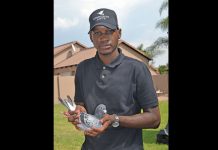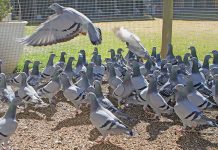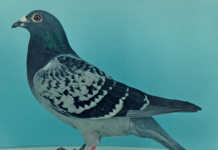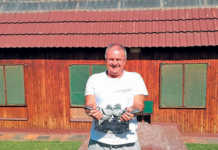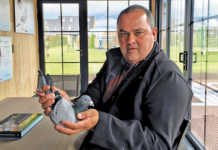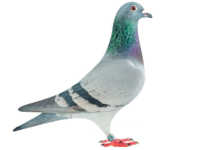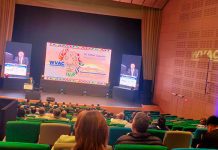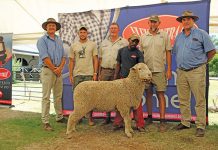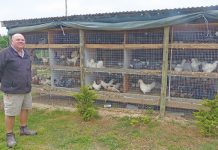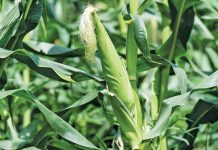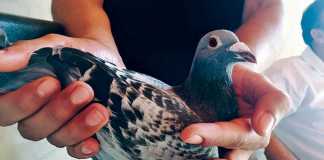Racing-Pigeon Shows are not practised in South Africa on as large a scale as Europe, but the South African passion for pigeon showing is no less enthusiastic.The pigeons entered in many parts of Europe are not always the same species as seen in South Africa. The American Show Homer comes to mind – bold-headed, extra-muscular specimens that often do not have homing ability. We, on the other hand, use the same species of racing pigeons both for showing and race competitions.
SA role models
South Africans are dedicated pigeon fanciers and hard to beat. In Gauteng, Raymond Massey comes to mind. In Bloemfontein, Nico Dreyer. There is Rassie Erasmus from Kroonstad, Faunty Gillmer from Noupoort, Hein van der Merwe from Smithfield, Danie Barnard from East London and Jan Bekker from Dewetsdorp, and so on. My stock partner Johan Hamilton and I had a joint go at the shows a few years ago and, to our own and everybody else’s surprise, we were crowned Sanpo Regional and Sanpo National Show Champions in the same season.
I mention this to explain that we used showing to learn more. We could study our winners, comparing their points merits on the show cards against their physical features and learning exactly how the judges awarded or detracted points. The most important considerations in pigeon shows are the bird’s physical attributes, which are closely connected to hygienic pigeon-keeping.
Day courses for pigeon shows
One learns most of the phenotype (physical attributes) of racing pigeons at show competitions. On open days, informative discussions or mini-lectures are still occasionally held at club level.In the face of a dying membership, I appeal to more clubs in South Africa to include lectures during open-day gatherings and prize-giving functions.To start up in pigeon racing is doubly expensive for novice fanciers and, often, the fees needed to acquire knowledge are too high. The sooner a novice fancier learns the basic skills of identifying quality pigeons, the better his incentive to stay in the sport.
Show status
Besides the usual club shows, there are the regional Sanpo shows and the annual Sanpo National Show, the latter usually held in Bloemfontein. The Fancy Pigeon Association customarily held a separate fancy pigeon show at the same venue and date at Nasrec. The FPA showed interest in the possibility of hosting their shows together with Sanpo’s regional shows. Sanpo appreciated this initiative as it may serve to encourage more public interest in pigeon shows in general.
New qualifying show rules
- The former Sanpo show rules for qualifying competitors were as follows:
- The first five exhibitors in points, as well as exhibitors who won a first, second or third place in at least five classes, but did not end under the first five in points on a regional show, may participate in a Sanpo championship show. A maximum of two pigeons per class may be entered for this show.
- An exhibitor who normally performs well in the championship show, but for a good reason could not participate in a regional show that year may, on application and with the approval of the Sanpo show committee, participate in the National Championship Show.
After discussion, Sanpo vice-chairperson Faunty Gillmer suggested that, owing to a lack of interest in regional shows, the latter should no longer be necessary for pigeons to qualify for the national show. He added that the National Show should once again become an open show where any member who wants to show their pigeons can enter.However, the regional shows can still continue. The suggestion was unanimously accepted. Experienced and novice fanciers can now directly enter pigeons on the Sanpo National Show.
Showing is restricted to judging physical appearance. Except for the winners’ show classes, the homing ability and success as a racer need not be tested. We all know that many “ugly ducklings” that fail in the show pen often prove to be top racers. As this is not the norm, one should still consider showing pigeons to learn about physical features as a guideline in selection.

